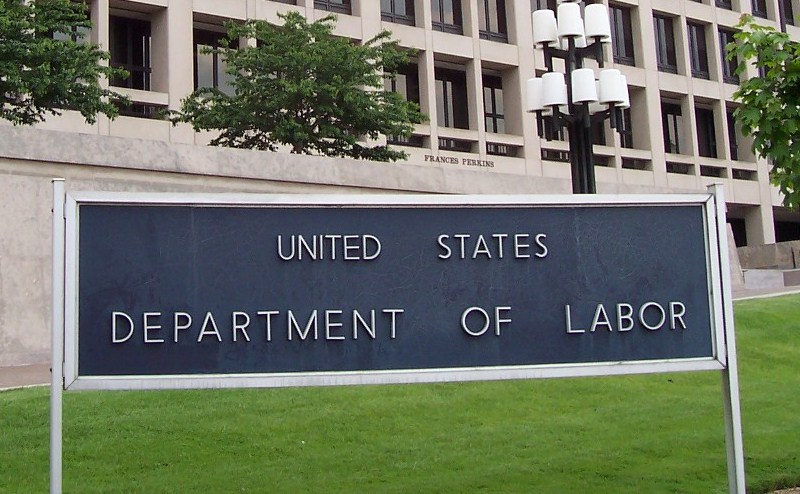State unemployment can only improve so much if the states with the highest jobless rates do not have a turnaround in hiring, obviously. So far, that has not been the case in states such as California, New York, Rhode Island and West Virginia. The jobless rate in each has improved since the bottom of the recession, but not enough so that anywhere near “full employment” has been reached.
In some parts of these states there are areas where joblessness remains in double-digit percentages, and the federal government has done nothing to address the local nature of the job market at all.
On the other hand, according to a new Gallup poll, states that already had low unemployment rates are those where most of the hiring went on in 2012. These include Iowa, Nebraska, North and South Dakota, and Oklahoma. Some of them have unemployment rates below 5%, and none had rates even near 10% when the recession was at its worst. That is probably because the energy industry remained among the largest employers, and the industry has boomed, between traditional sources and shale, for several years.
The Gallup findings include:
On average in Gallup Daily tracking from January through December 2012, 43% of North Dakota workers said their company was hiring workers and expanding the size of its workforce, while 9% said their employer was letting workers go and reducing the size of its workforce, for a +34 Job Creation Index score. This is easily the best among the 50 states and the District of Columbia, and is 16 percentage points above the national average of +18. North Dakota has ranked first four years in a row.
All an American has to do to get a job is to move to the Plains States.
The data does show what has been evident since unemployment skyrocketed starting in 2008. The recovery has been uneven.
Almost all the discussion in Washington about the means for alleviating the jobs problem turn on the notion that nationwide stimulus programs to create work, whether through infrastructure improvement or credits for businesses that add jobs, are not necessary in North Dakota. However, money spent on a nationwide program will offer benefits to North Dakota whether the state needs it or not. Rhode Island will not get more than the share of stimulus dollars due to it because of its population. That is a shame, because it needs the money more than most.
Methodology: Results are based on telephone interviews conducted as part of Gallup Daily tracking Jan. 1 to Dec. 31, 2012, with a random sample of 200,225 employed adults, aged 18 and older, living in all 50 U.S. states and the District of Columbia.
It’s Your Money, Your Future—Own It (sponsor)
Retirement can be daunting, but it doesn’t need to be.
Imagine having an expert in your corner to help you with your financial goals. Someone to help you determine if you’re ahead, behind, or right on track. With SmartAsset, that’s not just a dream—it’s reality. This free tool connects you with pre-screened financial advisors who work in your best interests. It’s quick, it’s easy, so take the leap today and start planning smarter!
Don’t waste another minute; get started right here and help your retirement dreams become a retirement reality.
Thank you for reading! Have some feedback for us?
Contact the 24/7 Wall St. editorial team.






